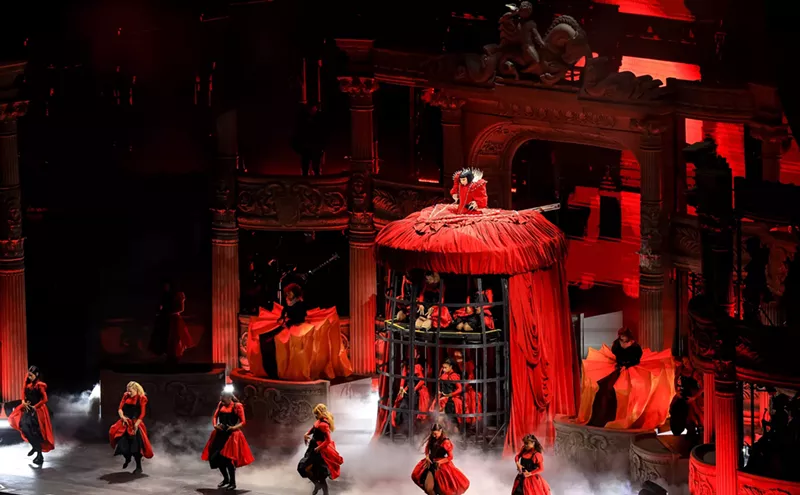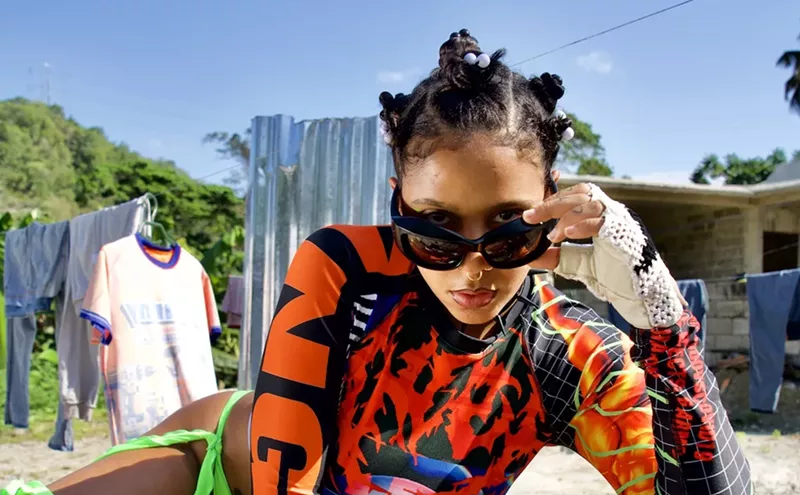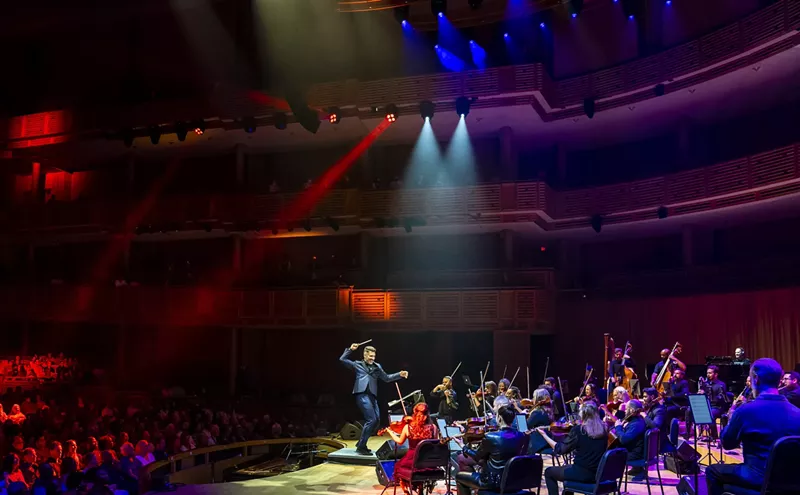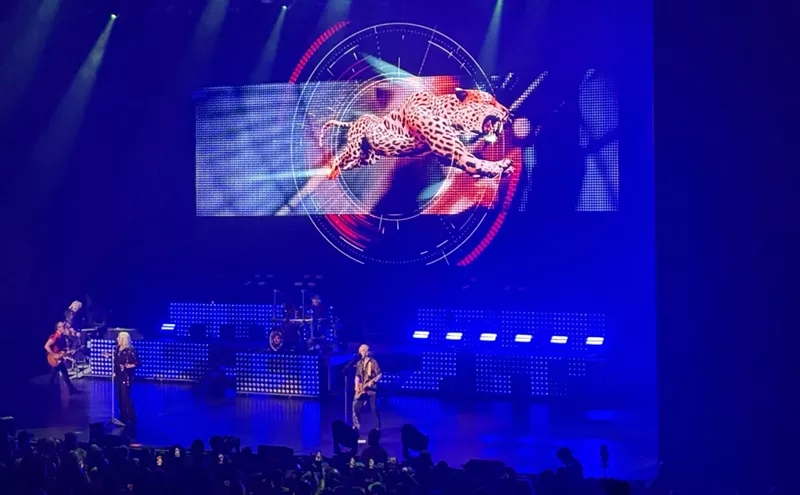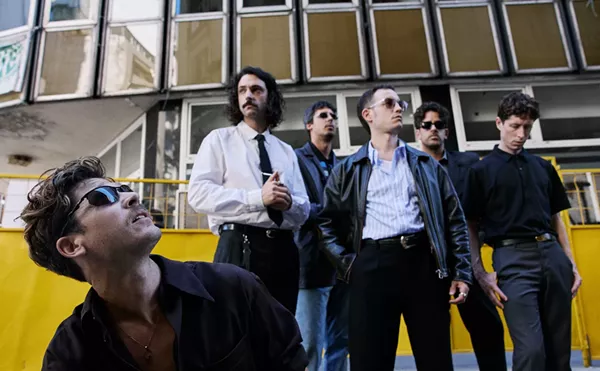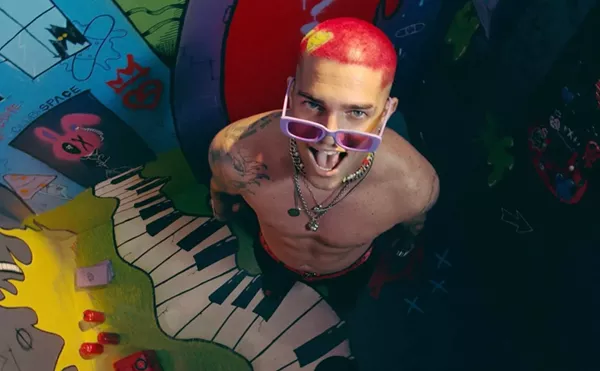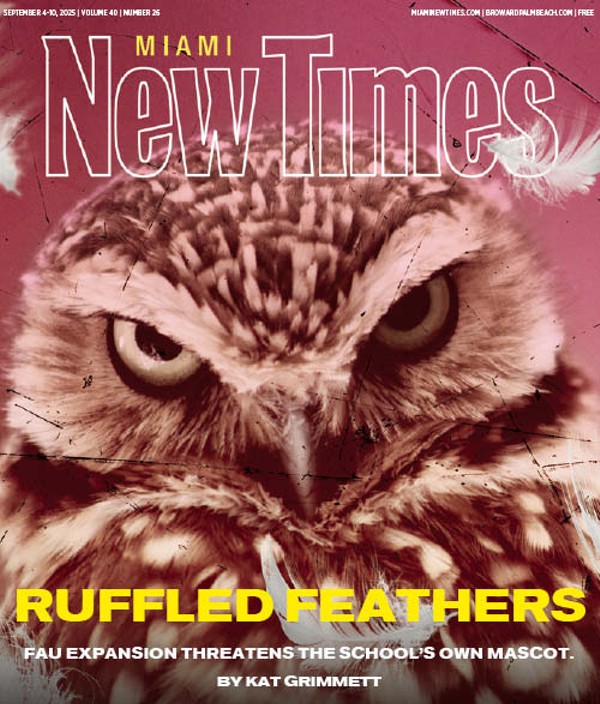Today reggae encompasses roots, dancehall, dub, and lover's rock. All of them are considered part of the same family. Nevertheless most of these forms, with the exception of dancehall, are showing their age. Despite constant infusions of fresh talent, most new releases are just music-by-numbers. If you close your eyes when listening to Luciano's latest albums, Visions and Tell It From the Heart, or Sanchez's No More Heartaches, you'll notice that it's hard to even tell what decade you're supposed to be in, the Seventies or the new millennium. Both King Selassie and romance be praised and all that, but can we please get some lyrics that evoke more images than Babylon burning or a nameless sweetheart?
Of course dub hasn't changed much since King Tubby's first albums, 1974's The Roots of Dub and 1975's Dub from the Roots (both of which were recently released together on a double CD). When you listen to those albums now, they sound as familiar as a ringing telephone, because they have too often been treated as blueprints to copy, instead of inspiration for further innovation. Adding insult to injury are the current trend of dub cover albums, launched last year with the Easy Star All-Stars' Pink Floyd tribute Dub Side of the Moon, that are nothing but stoner Muzak.
For this reason big propers go to the midtempo singers and singjays who experiment with digital -- read dancehall-influenced -- production: Buju Banton, Sizzla, Wayne Wonder, Junior Kelly, Capleton, Anthony B, and Turbulence. Not only trendy when it comes to beats, these artists flash innovative vocal styles and creative, street-smart wordplay, albeit while sticking to traditional themes of love, righteousness, and occasional slackness. The one songwriting skill that all seem to lack is the ability to create detailed, honest narratives instead of just clever slang collages and stylized morality tales. Sizzla's latest title track, "Rise to the Occasion," is so fresh it will make you quiver, but that's due to the haunting tone of his falsetto, vocoder-processed chorus over steady, MIDI-triggered beats, not the simple lyric, "It's up to you to make the most of your life." Likewise, while Capleton's voice is always a treat to hear, not a single line on his new, dull Praises to the King summons a specific time or place like Bob Marley's simple "Do you remember when we used to play/Inna government camps in Trenchtown?" on "No Woman No Cry."
Still a mere whiff of ragga on that Capleton release keeps it from smelling like the morgue. That's because dancehall is the most dynamic genre in the world right now. But if you think seeing Elephant Man and Vybz Kartel on BET proves that all dancehall artists want to do is exploit commercial hip-hop markets, then you need to listen to The Biggest Rhythms compilation. Released through Greensleeves and collecting eighteen instrumental versions like Lenky Marsden's clap-happy Indian "Diwali" riddim, which helped Sean Paul and Wayne Wonder become international stars, it takes a stylized journey through diverse moods and rhythm patterns. Several riddims -- including the South Rakkas Crew's clackity "Clappas," and Donovan "Don Vendetta" Bennett's swarming "Mad Ants" and whistling, seesawing "Krazy" -- are entirely composed of three layers of synthesizers, which are used for syncopation as much as melody, and another three of programmed percussion. Others bite instruments and styles from other cultures. Scatta Burrell's "Coolie Dance," a deceptively simple blend of Indian stick drum, handclaps, and chanting, sounds like a party in the woods just before the chickens get sacrificed. Daniel "Blaxxx" Lewis's complex "Egyptian," on the other hand, is an uptempo yet mellow beat blending underwater saw bending, tabla trills, and a snake-charmer synth line. Continuing the continent-hopping, Byron Murray and Clifford Smith's "Bollywood," an echo of DJ Quik's "Addicted" beat, is a four-way affair between ragga, Indian bhangra, hip-hop, and funk. Then there's "Good to Go," again by Don Vendetta, a yin-yang blast of happy guitar riffs and wiggy synth squiggles over a snappy, staggered beat.
Separated from lyrics, the songs are not concerned with sex and violence but cultural idioms. Although the beats wander to the verge of other styles, they never lose their identity as furious dancehall jams. The old "three beat" (boom-boom-tap) skeleton is audible on about half the tracks, and none, of course, ever loses sight of the dance floor. These riddims don't break from tradition so much as playfully try to outdo each other with tricky percussive patterns and far-out sound palettes. So don't worry about the prodigal subgenre of reggae getting co-opted by Clear Channel anytime soon. If this album is any indication, dancehall's practitioners are too rambunctious for that.



